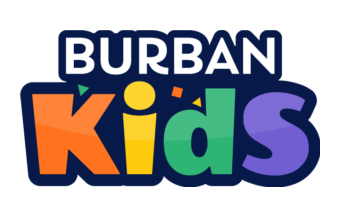Are you a teacher or a concerned parent? Then you must know some pre-writing activities for your little ones to encourage them. This will not only help them to grow but also open many paths for them.
Most kids do not begin learning to write until they are 4 years or 5 years. However, it’s never too late to begin discovering your passion for writing.
Pre-writing activities for your little one
Even if your kid isn’t yet able to form letters on their own, you may utilize these preschool pre-writing exercises to help them develop into excellent writers.
Playdough Line Work
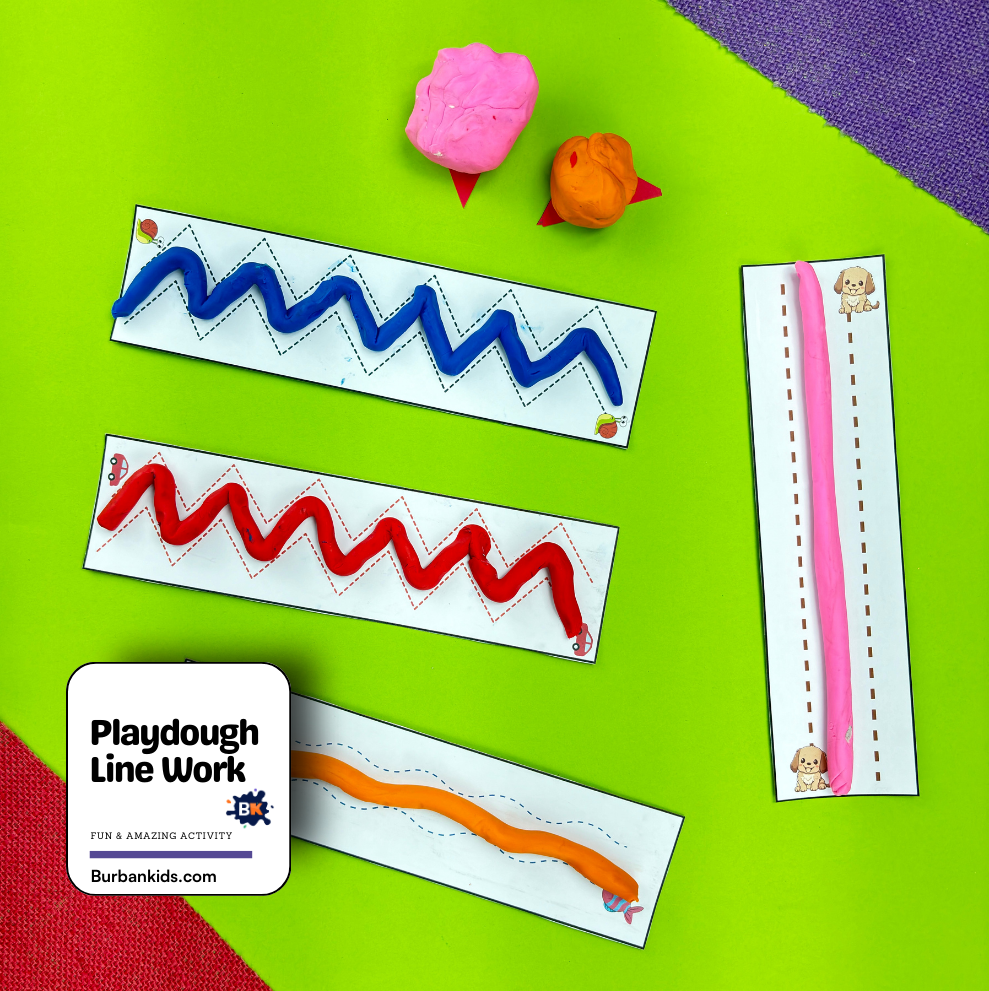
An excellent pre-writing activity is playdough. Kids’ fine motor abilities are enhanced as they tug, roll, flatten, and mold the dough. Dexterity is also enhanced by this activity.
Utilise tools like molding kits, cutters, and loose pieces to get maximum benefit out of this exercise. Browse various playdough ideas online and have fun making them with your kids to take this pastime to the next level.
Water Painting
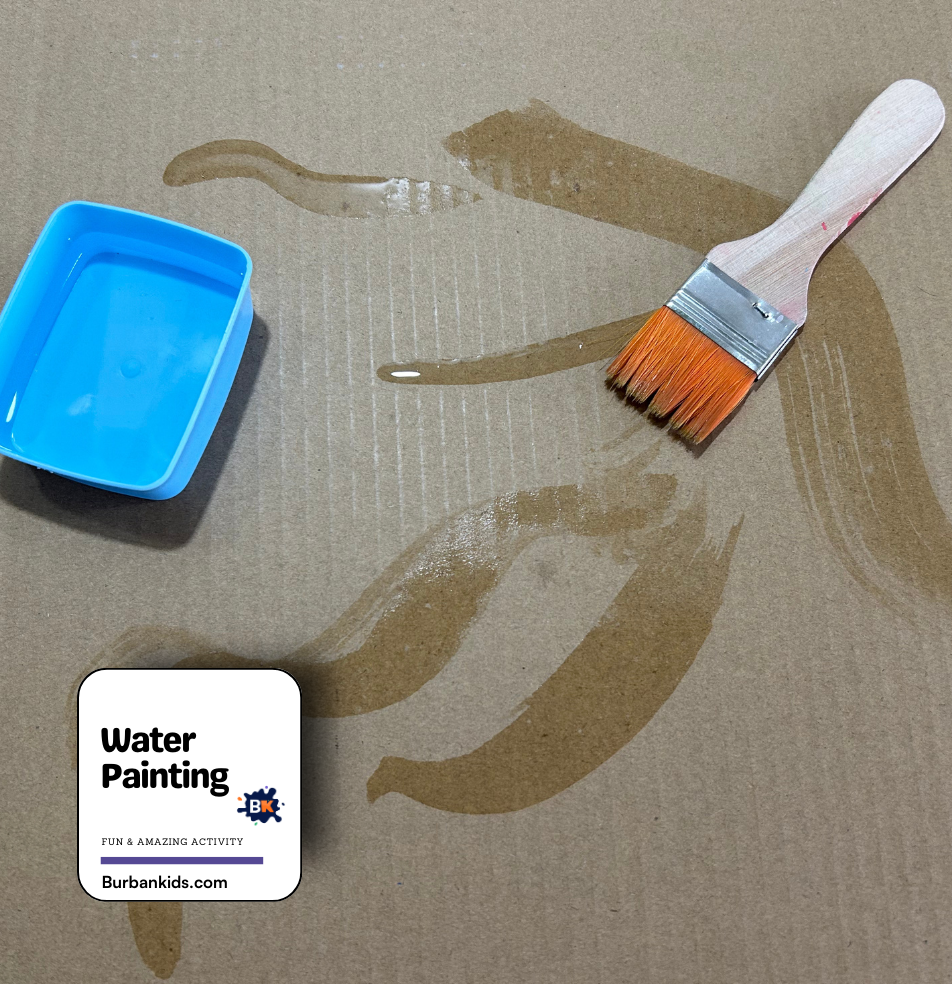
The preschoolers can use this activity to sharpen their minds as well as skills. Kids can dip their fingertips in water and then paint their fingers on a flat surface.
They can carry out this task with either a single hand or both hands. When they’re done, kids should pull out the extra water off their fingertips and observe how it drips down onto the surface in the form of droplets.
Scissor Cutting Practice
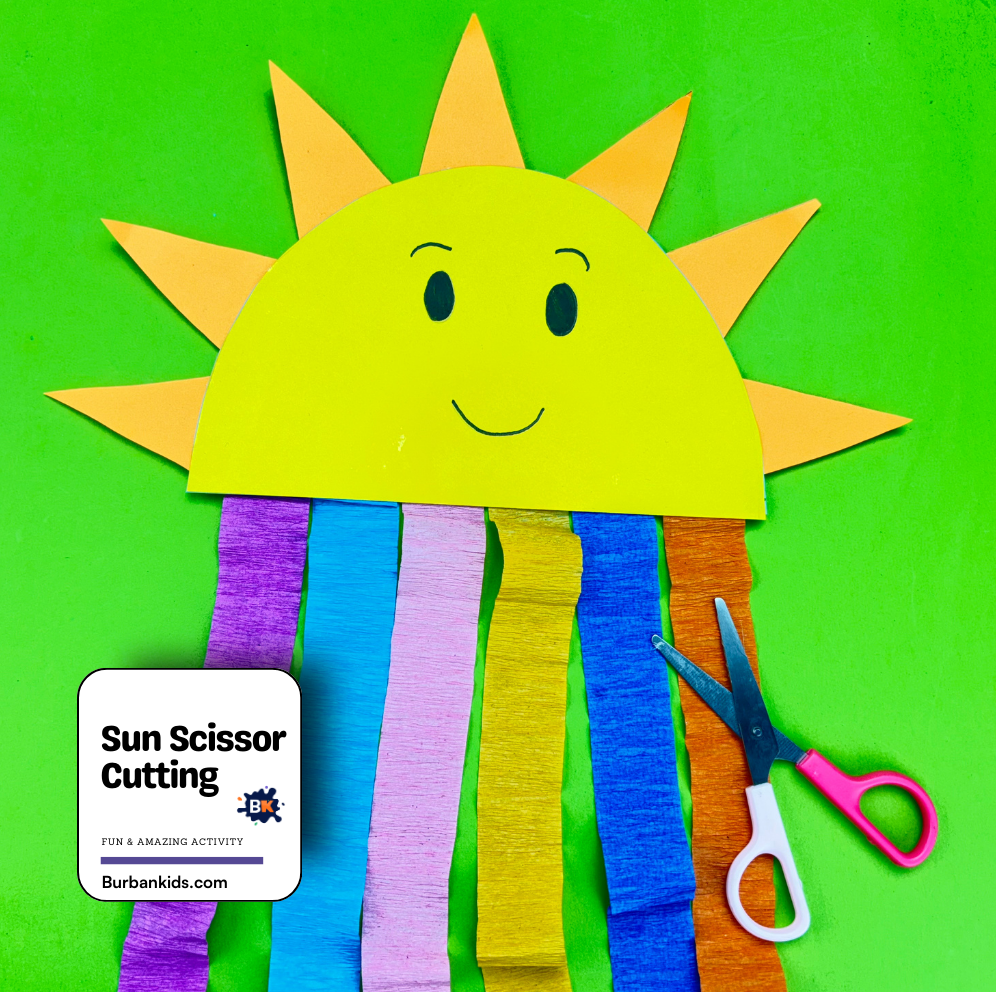
Children’s coordination as well as fine motor abilities are developed by cutting and carving with scissors.
Let them skillfully cut and clip any shapes that they prefer throughout some sessions. Then, you can sketch shapes with various outlines or corners and have them cut out the designs on subsequent days.
Scoop and Transfer
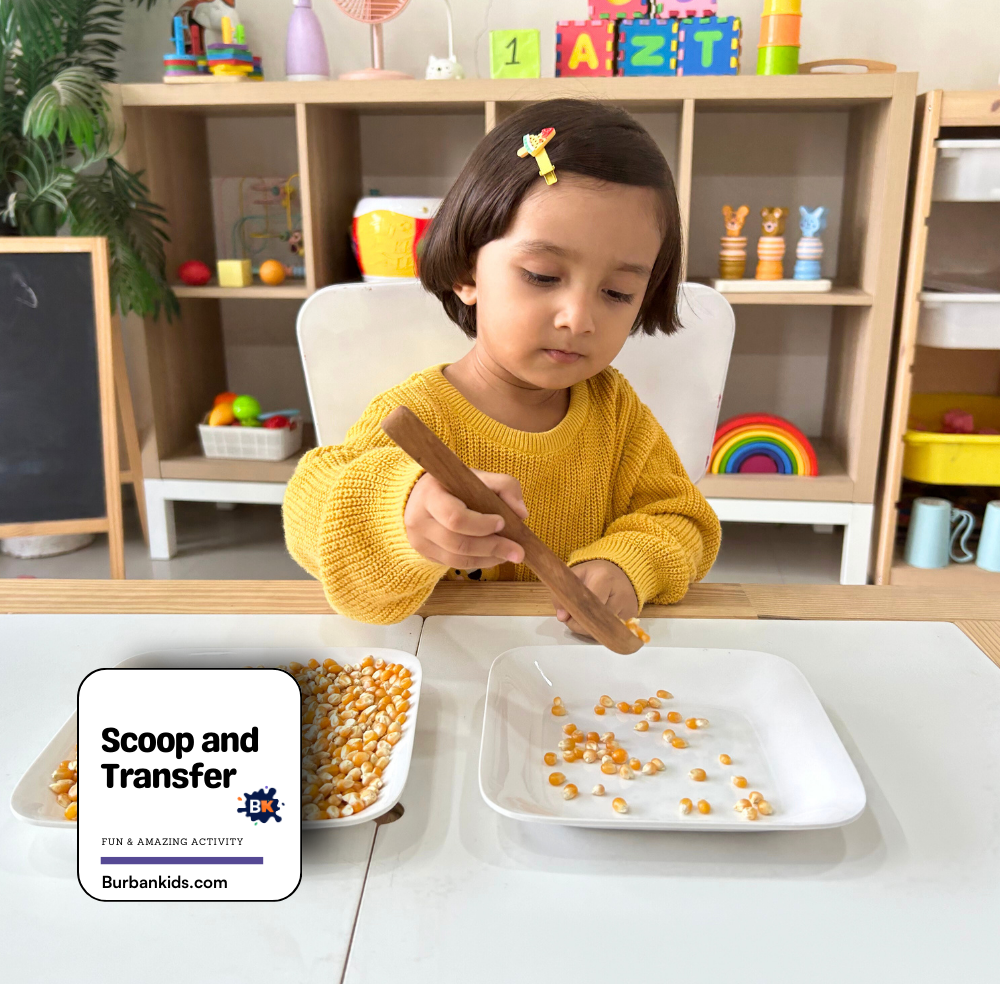
Set up two urns. Fill the containers with some grain, sand, or another substance🫗. Then, instruct your kid to move some of the grain or sand by taking some out of one container and dumping it into the other.
Your child can consolidate his or her hands and build hand power through this pre-writing activity.
Q-tip painting
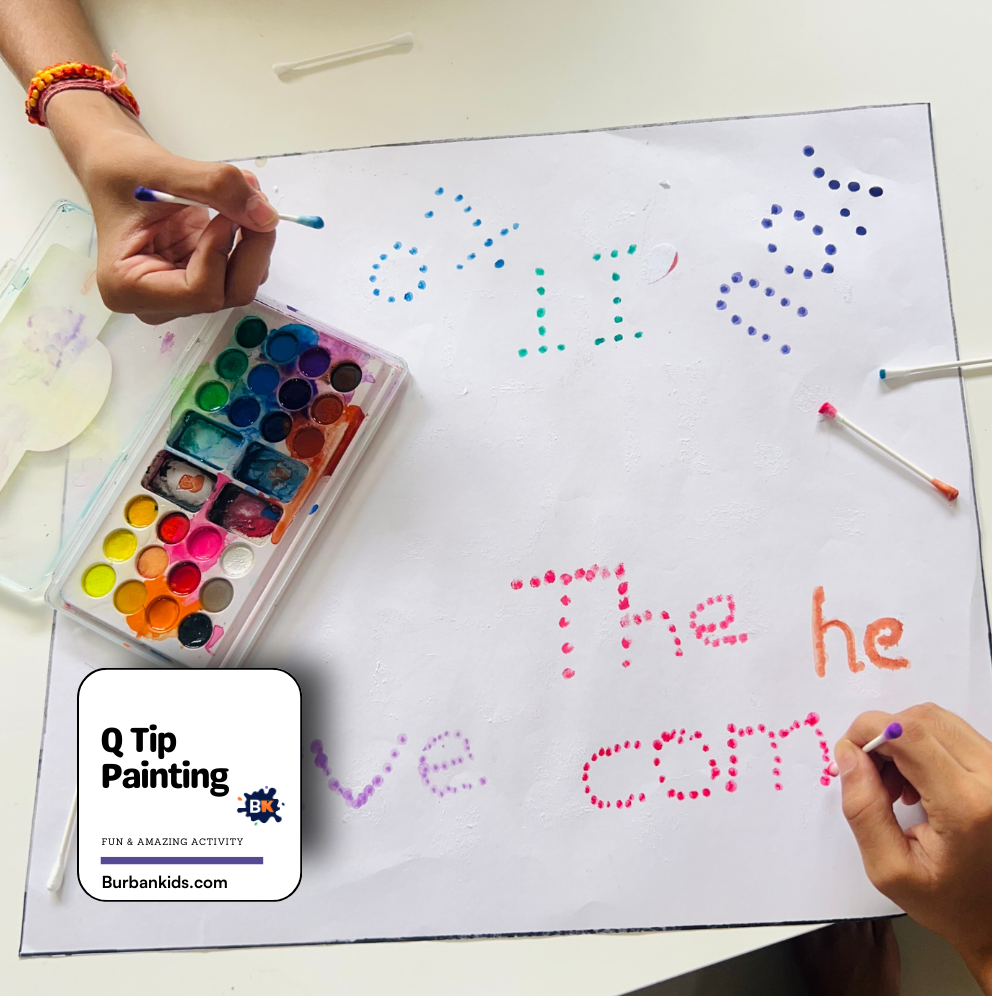
By coloring with a Q-tip, you can practice the pincer grasp. Kids adore this activity, and it allows you to create lovely artwork! Printable Q-tip paintings are entertaining and excellent for developing fine motor skills.
Lacing Activity
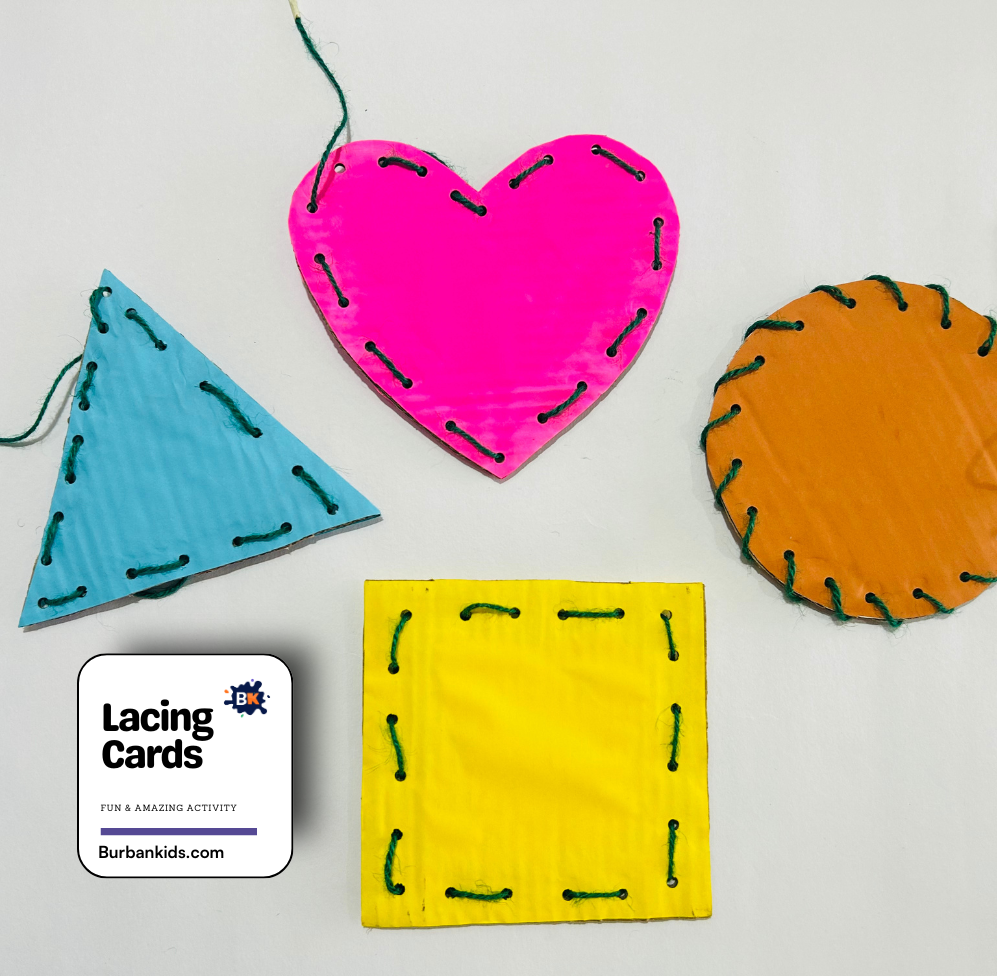
You can purchase lacing cards or make your own using card stock or foam sheets, or cardboard sheets, like we did when lacing a circle or a triangle. It’s incredibly beneficial for developing fine motor skills.
Shaving Foam writing
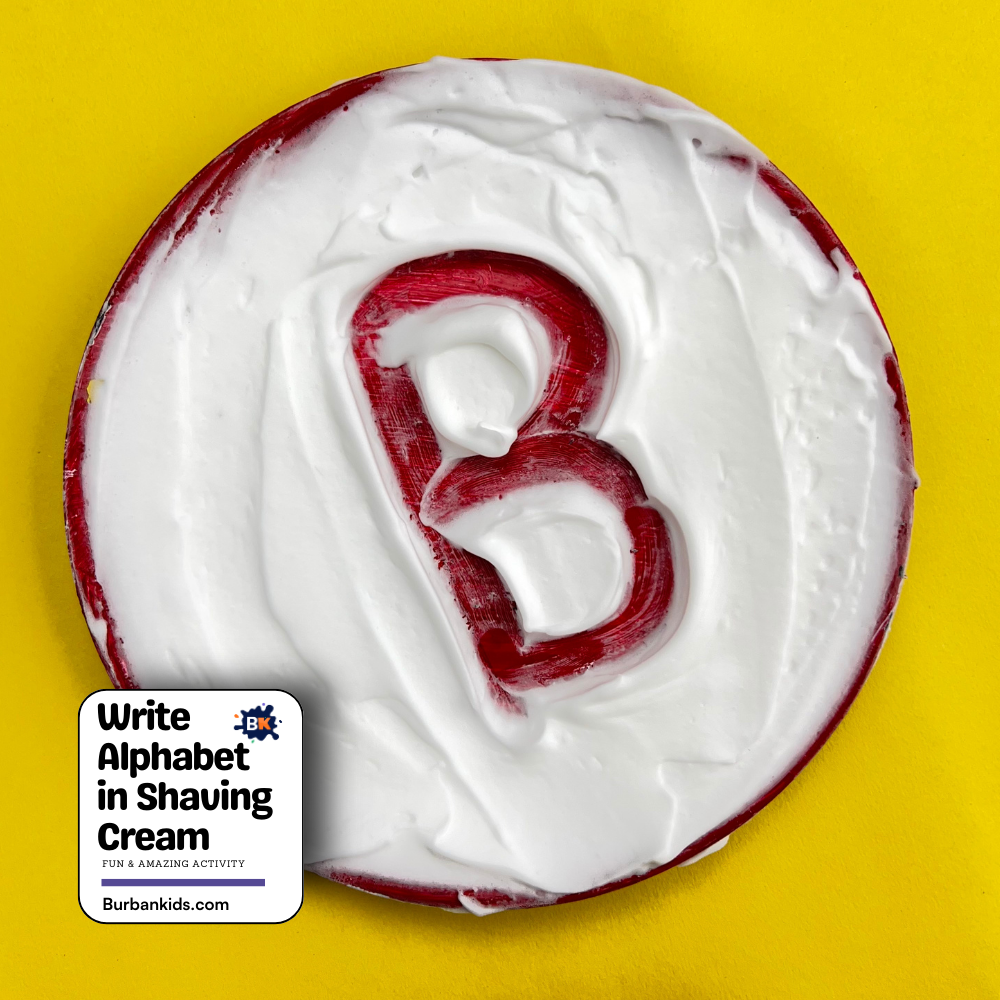
Be prepared for a little mess; this will happen! The fact that kids are genuinely asked to get their fingers dirty with shaving cream will delight your child.
This is a sensory exercise that kids will probably engage in for hours on end. And by applying shaving cream to your shower screen, you may maintain it clean. Alternatively, you could use a brush for shaving and shaving cream to paint the words on your shower screen or bathroom mirror.
Ice painting

What young child doesn’t enjoy painting? And it’s a success if you can produce that artwork using a handmade frozen paintsicles to accomplish it jointly. Why not let your preschooler draw the alphabet on the pavement after your ice painting sticks have dried?
Removing Clothespins From Basket
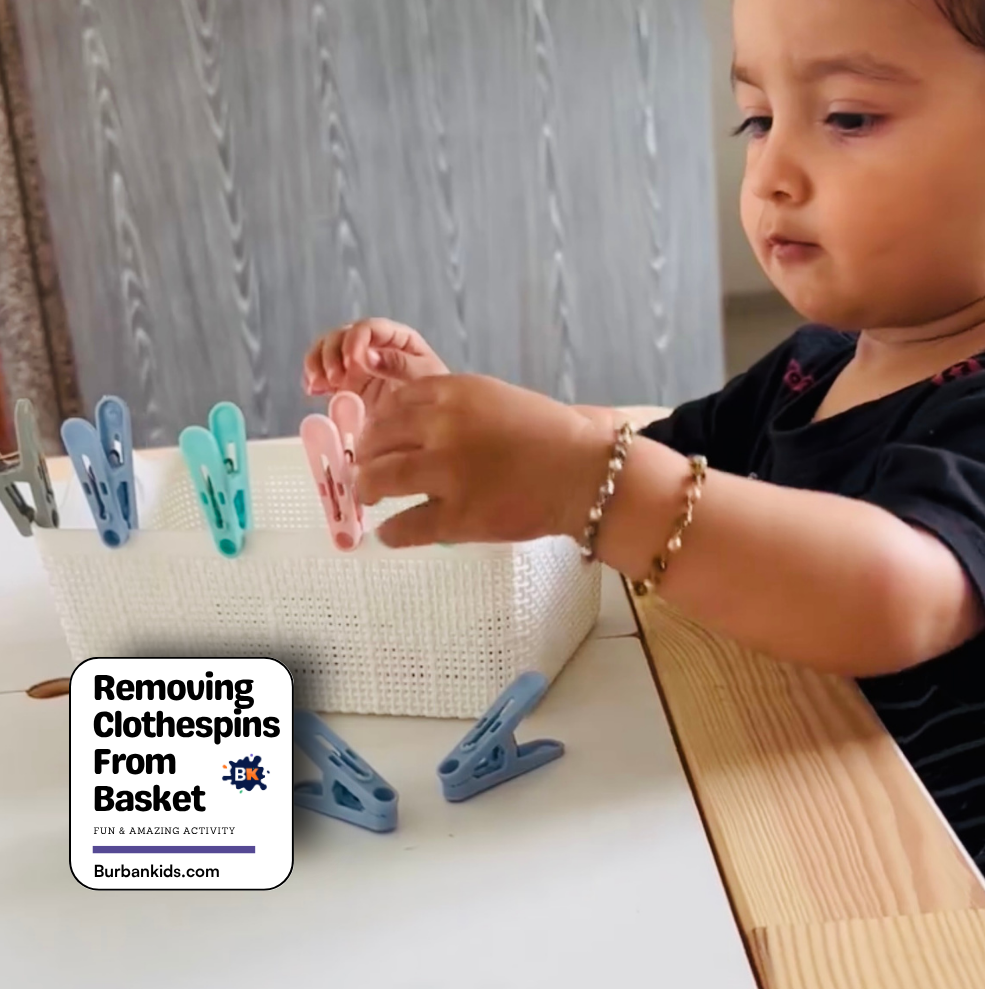
You’ll love how this simple activity of Removing Clothespins From the Basket helps your little one.
By grasping and pulling those clothespins, they’re not only having fun but also significantly developing their fine motor skills and hand-eye coordination skills that are so important for future tasks like writing and buttoning.
Simple maze
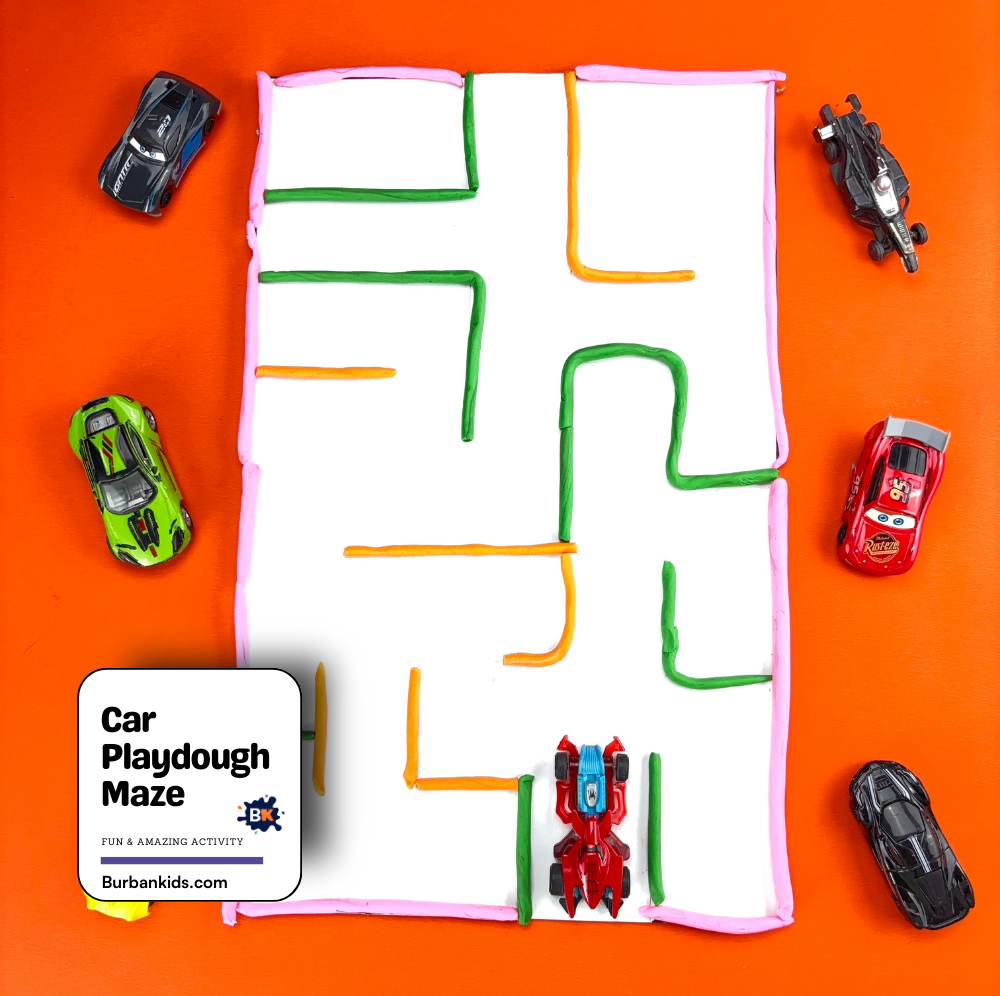
You’ll find this Car Playdough Maze to be such an engaging activity for your little car-loving child.
By squishing and shaping that colorful playdough to create the maze pathways, they’re not just having fun but also developing their fine motor skills and spatial reasoning.
It’s a fantastic way to combine sensory play with pincer gripping improvement.
Beads and Pipe Cleaners
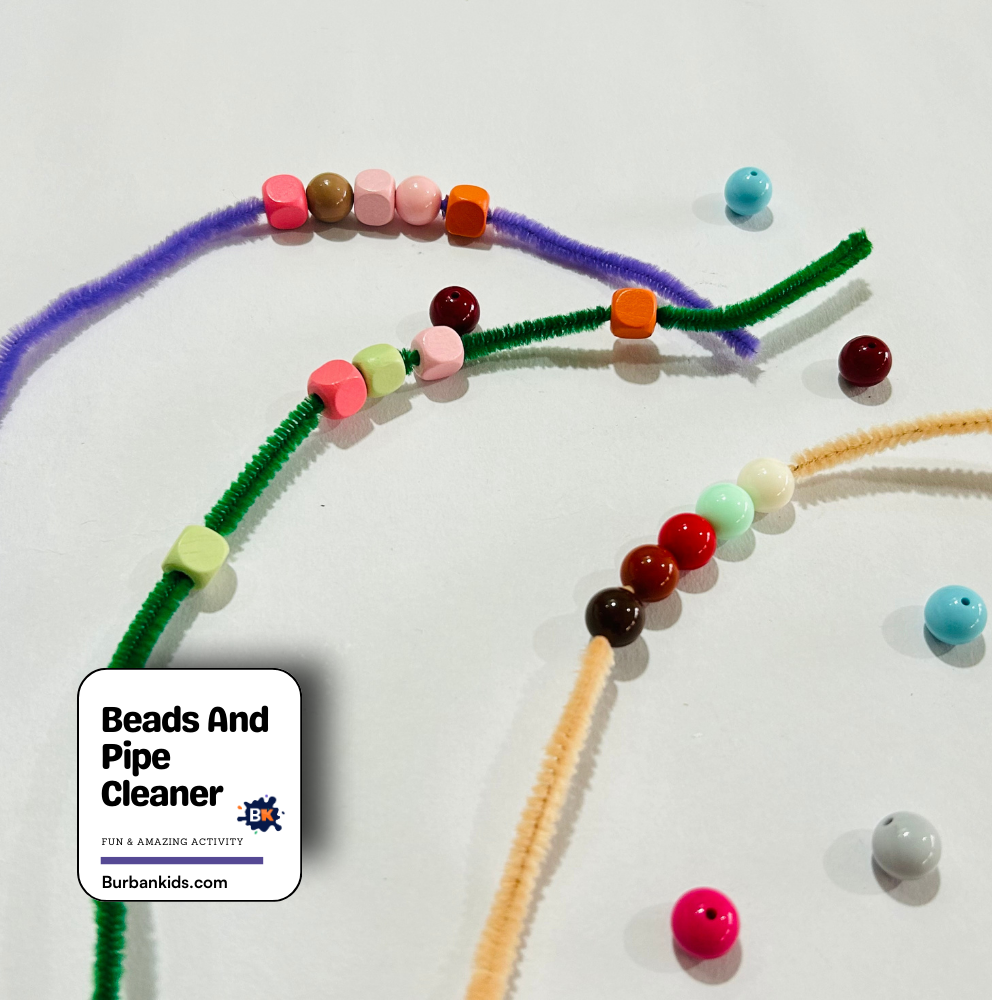
This exercise, where kids weave beads onto pipe cleaners, is another one to improve their hand-eye coordination.
They will grasp the beads with their pincer grip, laying the groundwork for holding crayons and writing.
Easter Egg Tracing
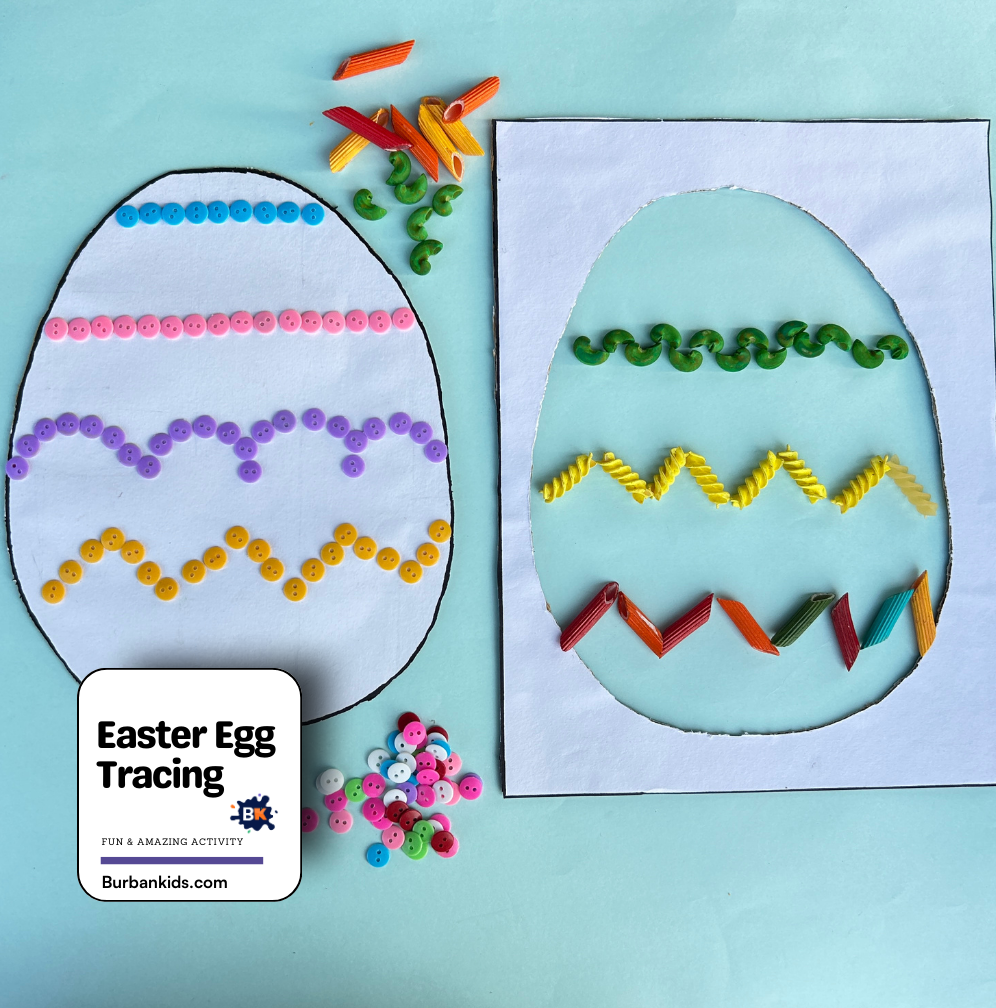
You’ll love adding this Easter Egg Tracing activity to your little one’s learning basket.
It’s a fantastic way to develop those crucial pre-writing skills and fine motor control. By carefully placing buttons, pasta, or other small items along the lines of the egg outlines.
Your child practices hand-eye coordination and precision, all while creating a beautiful and textured Easter-themed masterpiece.
Shapes Road Tracks
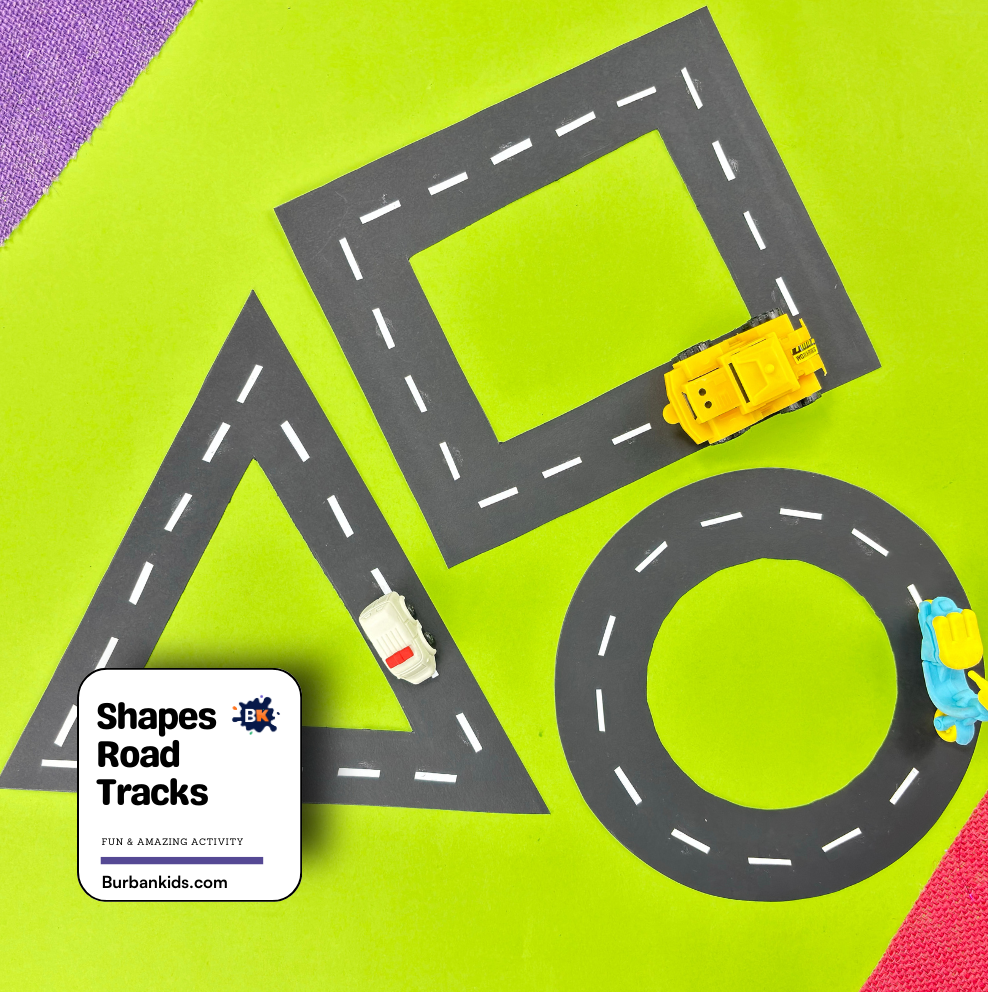
You’ll discover that these Shapes Road Tracks are such a brilliant way to combine playtime with learning.
Laying out these road tracks in the shapes of a triangle, square, and circle helps your child learn to recognize and name basic shapes while also developing spatial awareness.
Fine Motor Work Station
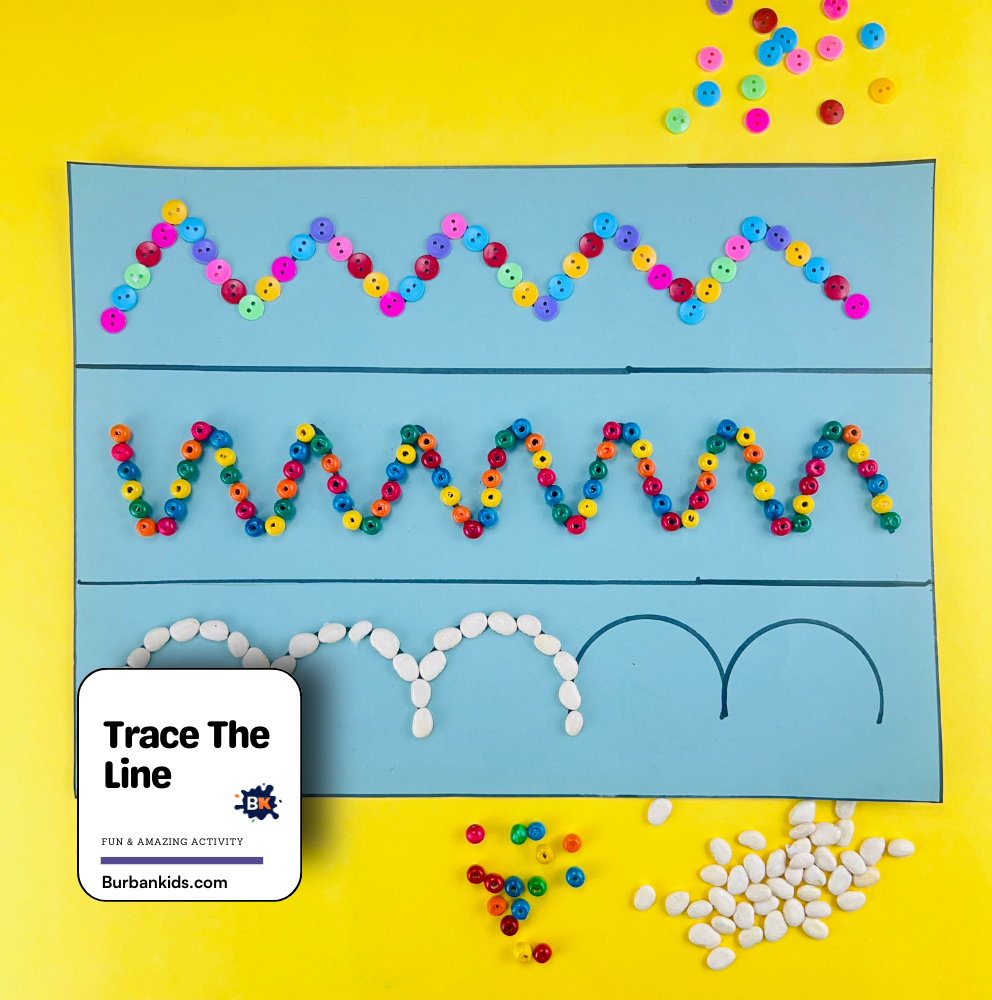
You’ll be amazed at how much your child benefits from this Trace The Line activity.
By carefully placing colorful buttons or beads along those wavy, zigzag, and curved lines, they’re not just creating pretty patterns.
This hands-on task is fundamentally building crucial fine motor skills, hand-eye coordination, and pencil control, all vital steps for learning to write letters and numbers.
Salt Tray Writing
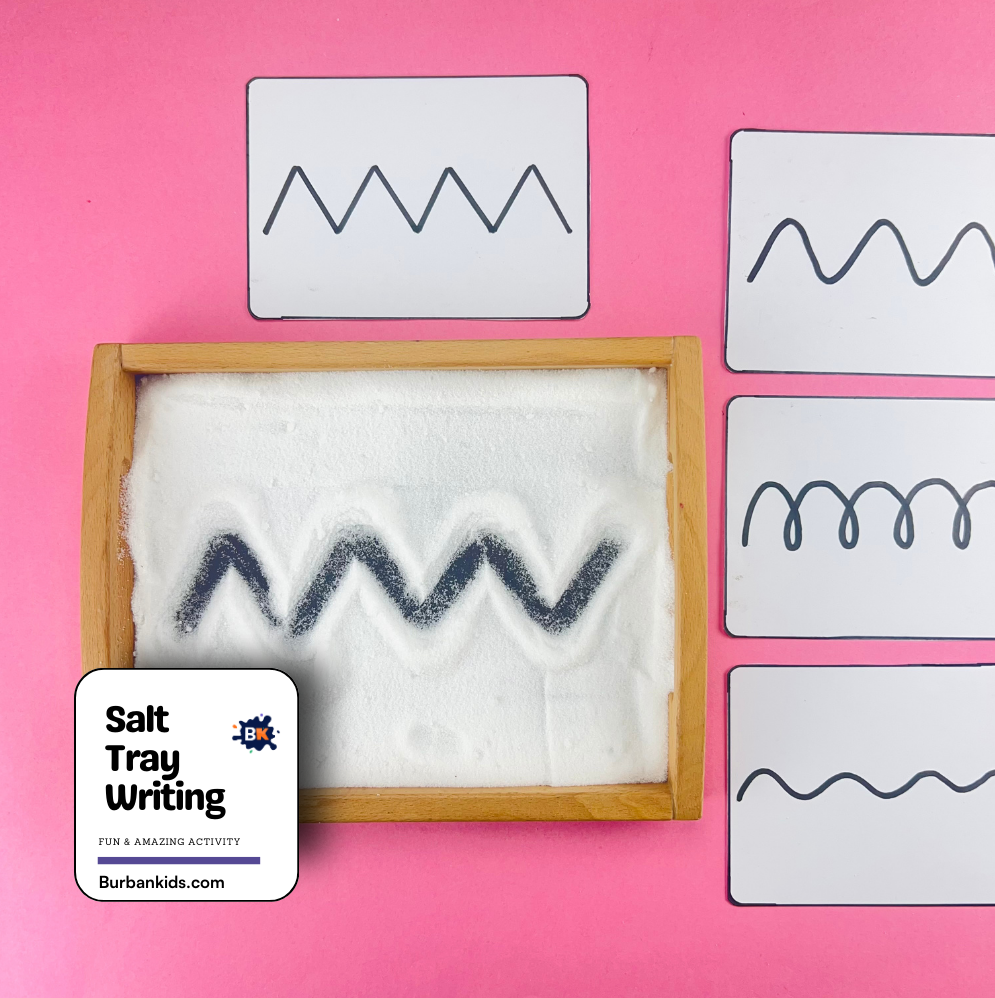
You’ll absolutely love how effective this Salt Tray Writing activity is a fantastic, mess-free way to practice pre-writing lines and shapes.
By tracing those zigzag, wavy, and swirly patterns in the salt, your little one gets crucial tactile feedback, which really helps them understand how lines are formed.
Line Tracing with Pipe Cleaner
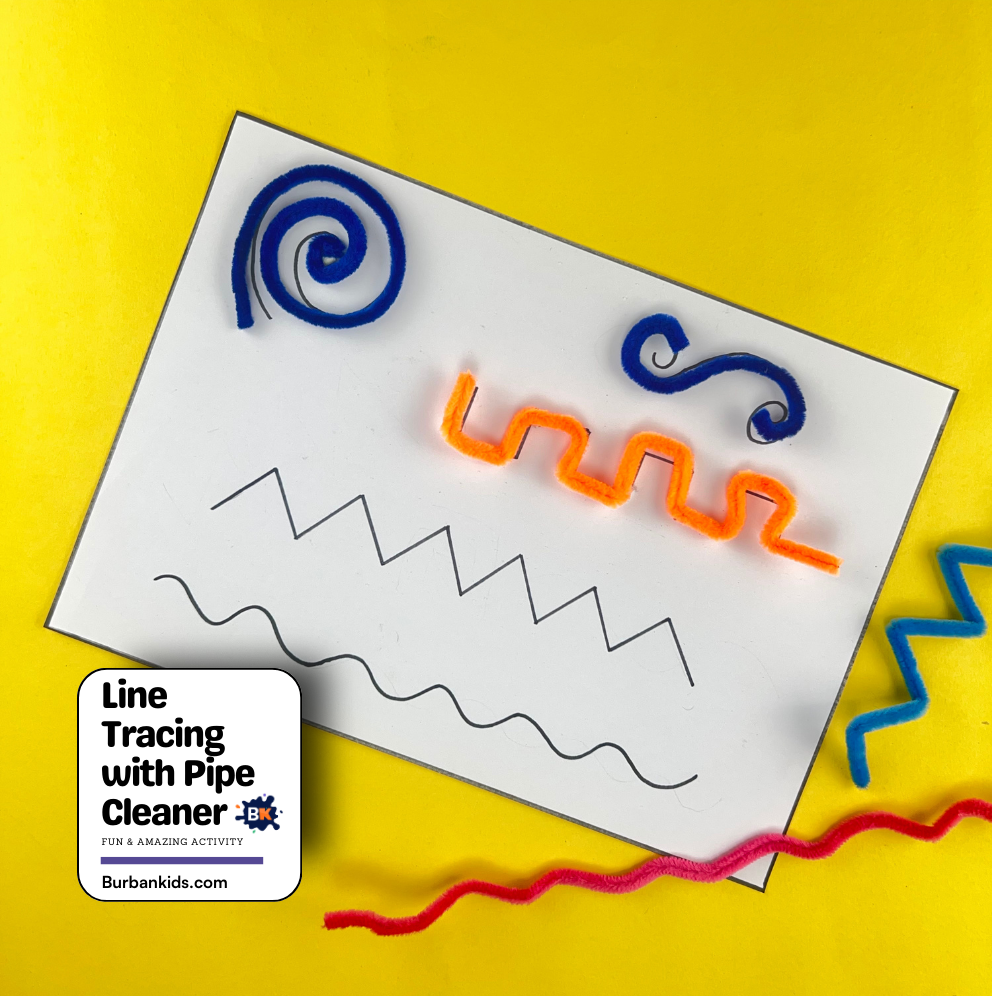
You’ll discover that this Line Tracing with Pipe Cleaner activity is a brilliant way to boost your child’s pre-writing skills.
By bending and shaping those fuzzy pipe cleaners to match the various lines – zigzags, waves, and swirls, they’re not just having creative fun.
Number Formation Cards

These Number Formation Cards are an absolute game-changer for teaching your child numbers.
This hands-on approach is fantastic for developing fine motor skills, hand-eye coordination, and a strong understanding of number formation, setting them up for success in early math.
Pre-Writing Squishy Bag
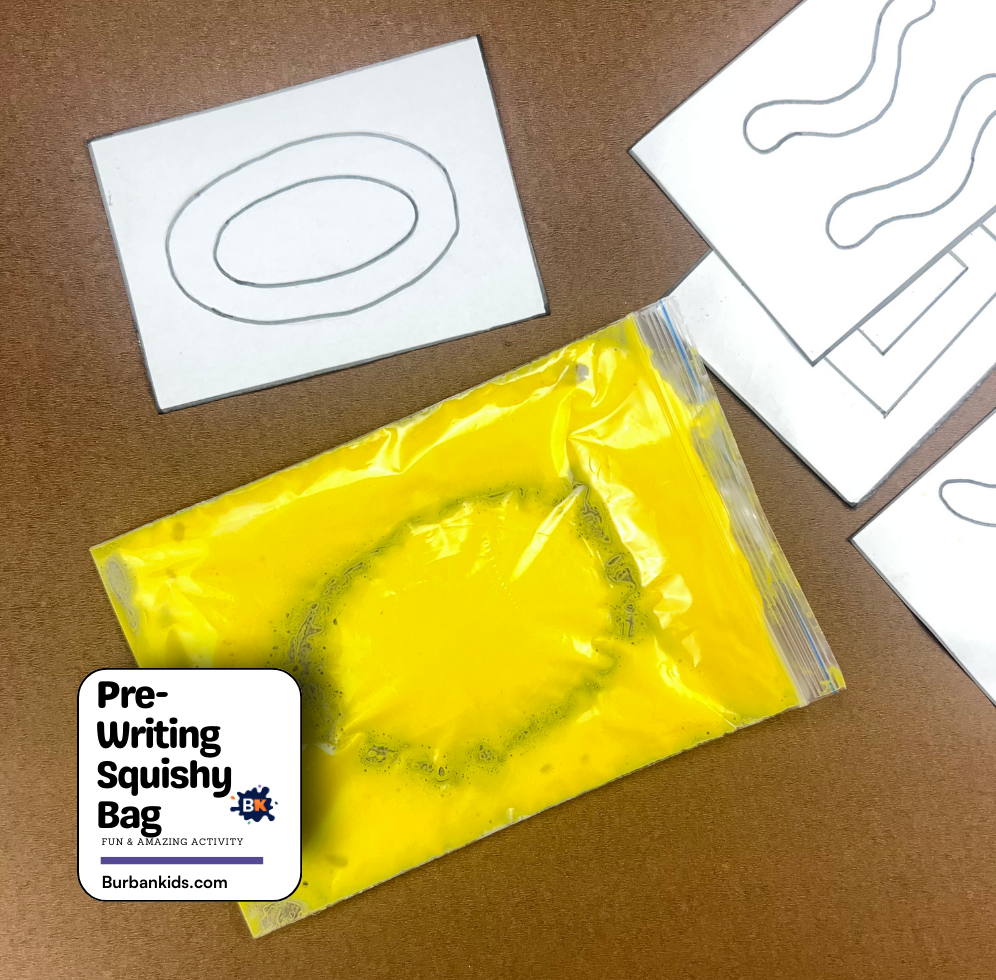
This Pre-Writing Squishy Bag is fun and mess-free sensory learning for your little one.
By tracing lines, shapes, or even letters on the outside of this squishy bag, your child gets wonderful tactile feedback without any fuss.
It’s fantastic for developing fine motor skills, hand-eye coordination, and a foundational understanding of strokes, all while providing a calming and engaging sensory experience.
Pom Pom Letter Tracing

This Pom Pom Letter Tracing activity is an absolutely delightful and sensory-rich way to introduce letters to your child.
By carefully placing those soft, colorful pom-poms along the outlines of letters like ‘A’ and ‘B’, your little one isn’t just playing.
They’re actively developing crucial fine motor skills, pincer grasp, and hand-eye coordination, all while gaining a tangible understanding of letter formation.
Ladybug Dots Count
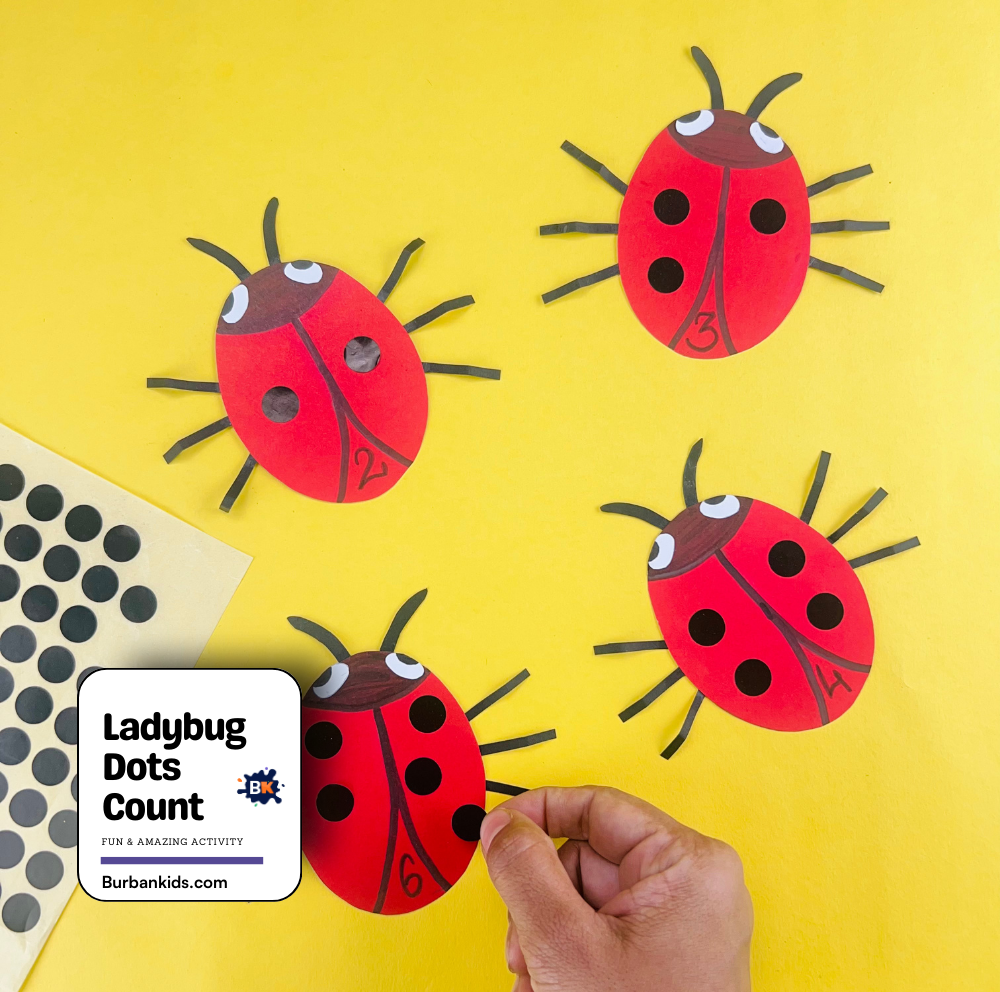
This Ladybug Dots Count activity is such a sweet and hands-on way to practice counting and number recognition.
By carefully sticking those black dots onto the ladybug’s wings to match the number, your child is not only having fun with an adorable creature but also developing crucial fine motor skills and hand-eye coordination.
Finger Number Tracing Cards
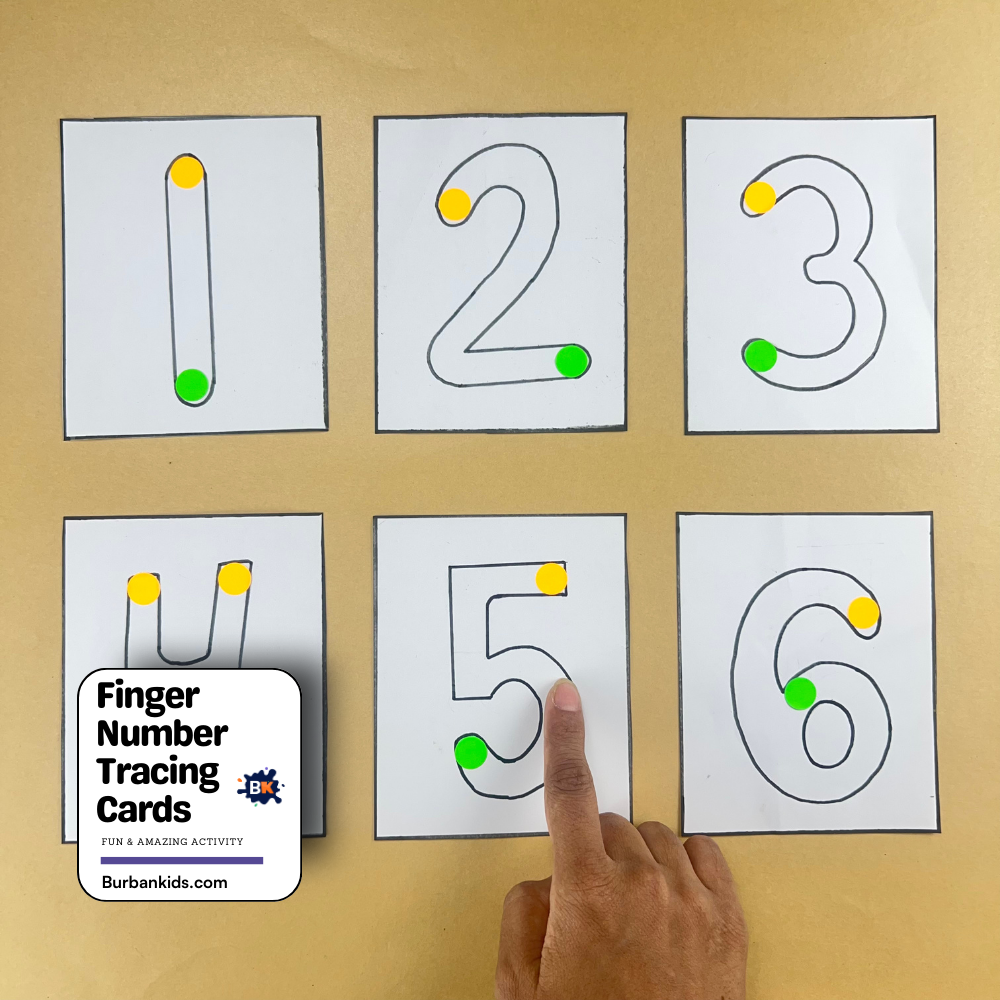
These Finger Number Tracing Cards are effective for teaching your little one number formation.
The clear, outlined numbers with those helpful starting and ending dots make it incredibly intuitive for them to trace with their fingers.
Rainbow Sensory Writing Tray
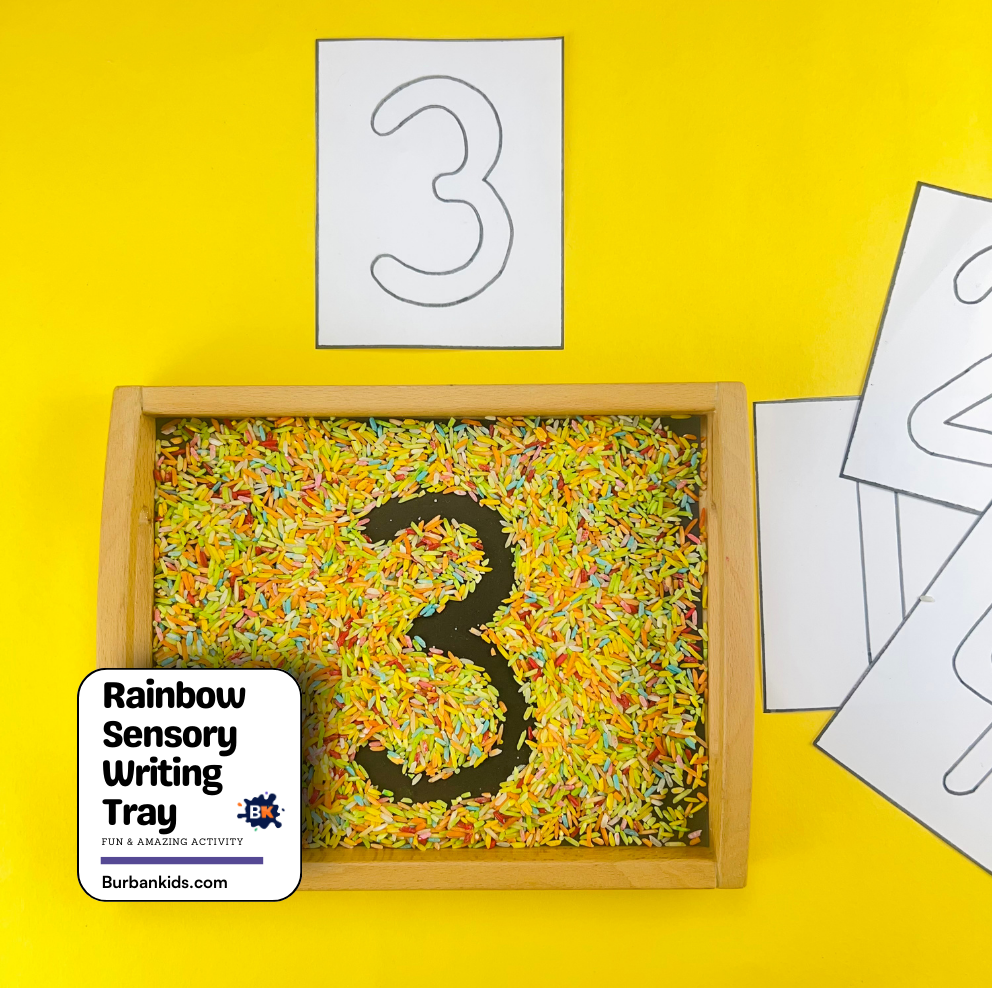
You’ll find this Rainbow Sensory Writing Tray is an incredibly vibrant and effective way to practice numbers (or letters!) with your child right here in Ahmedabad! By tracing the number ‘3’ (or any other numeral/letter) in the colorful rice, they get fantastic tactile feedback that helps cement the formation in their minds. It’s a wonderful, multi-sensory experience that not only makes learning fun but also develops crucial fine motor skills and hand-eye coordination without the mess of traditional paint or markers. It’s truly a joy to see them engage with it!
Pre-Writing With Popsicle Sticks
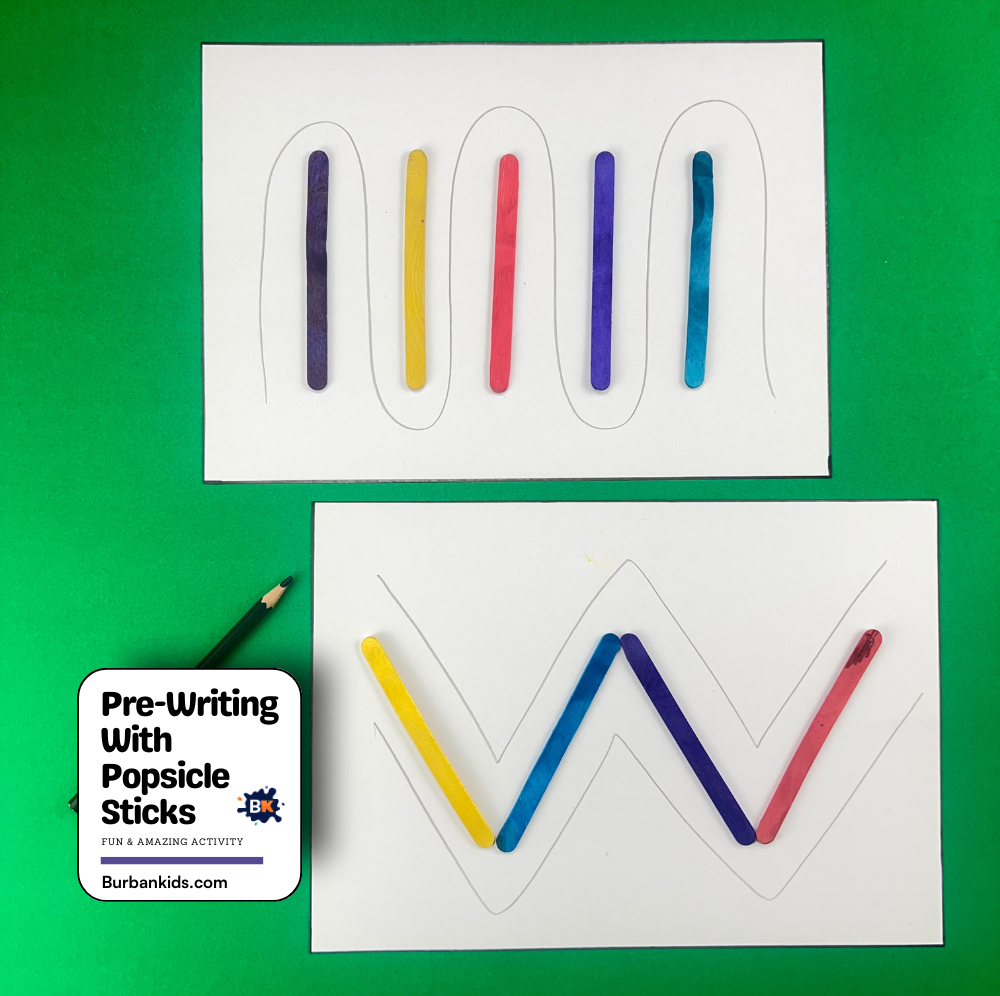
You’ll love how this Pre-Writing With Popsicle Sticks activity helps your little one.
By carefully placing colorful popsicle sticks along curved and zigzag lines, they’re not just playing; they’re actively developing crucial fine motor skills, hand-eye coordination, and an understanding of different stroke formations.
Playdough Letter Tracing
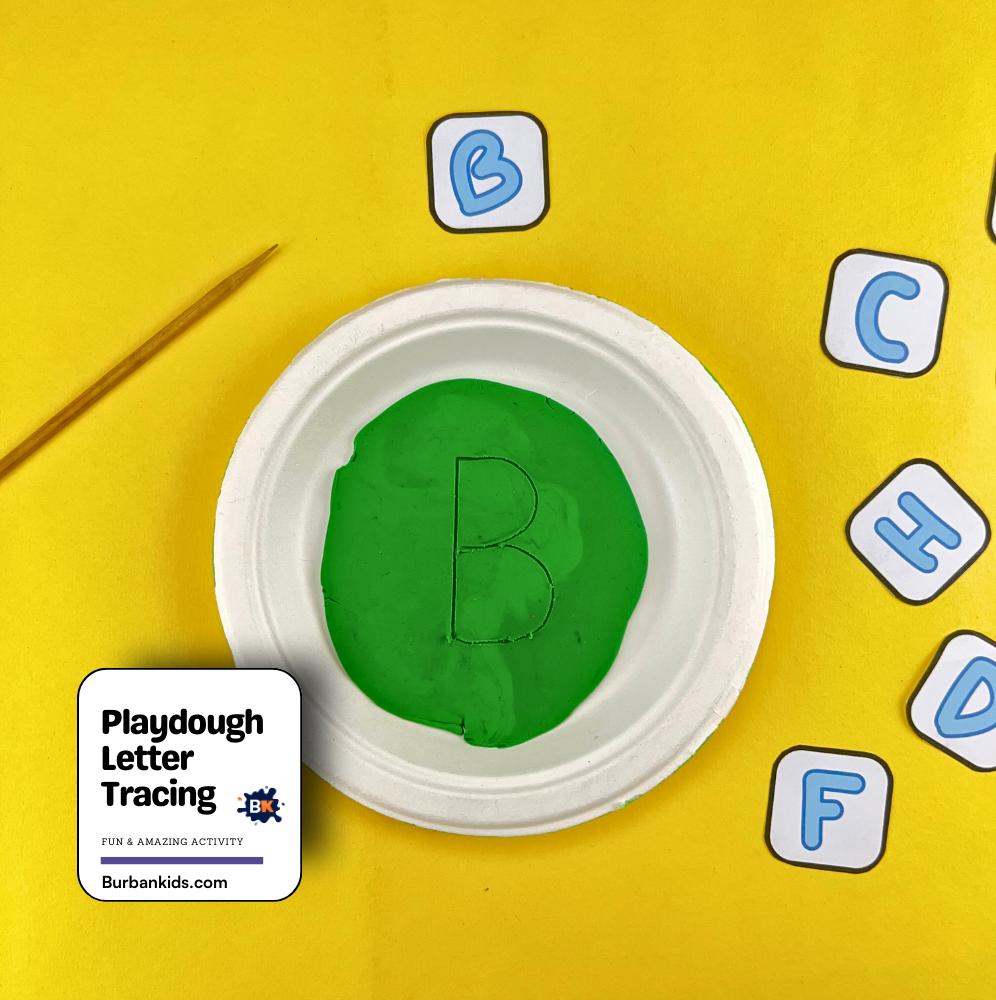
This Playdough Letter Tracing activity is an absolutely brilliant and tactile way for your child to learn letter formation.
Using a toothpick or even their finger to carve a letter like ‘B’ into the squishy playdough gives them wonderful sensory feedback that helps cement the shape in their mind.
Scribing With Crayons
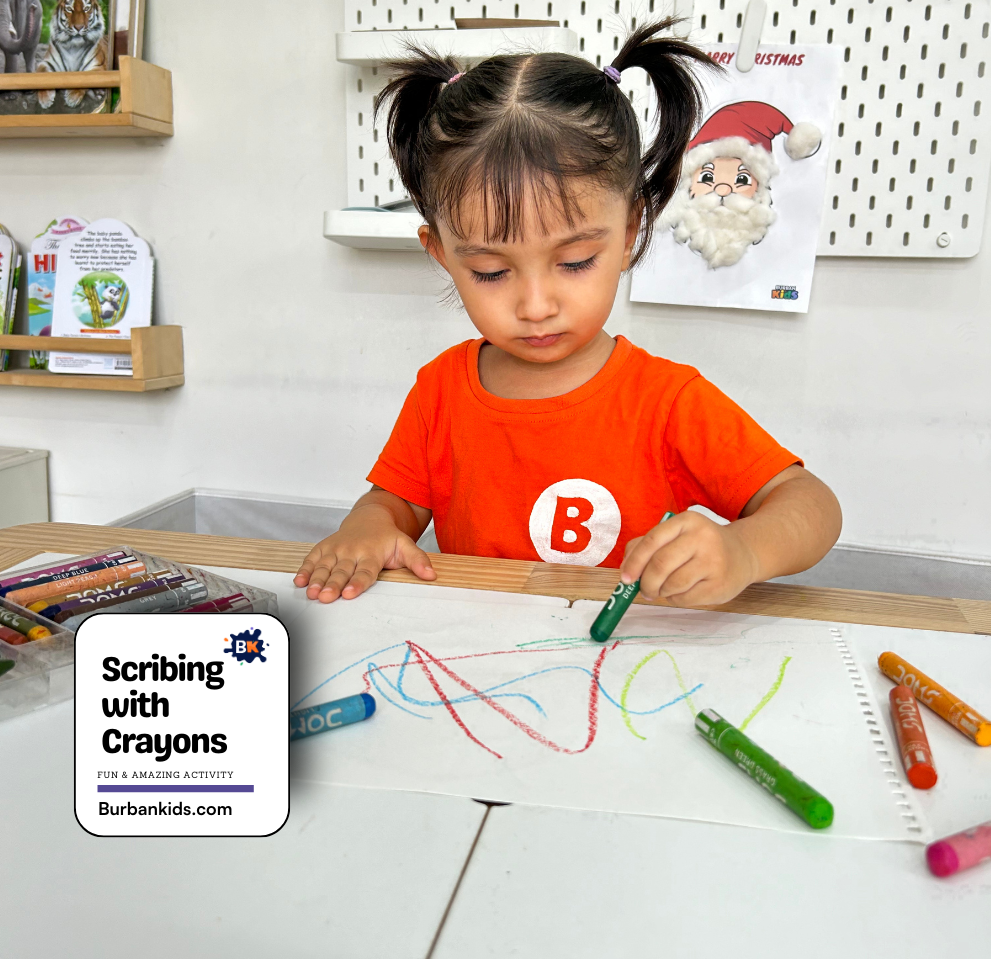
Scribing With Crayons is such a fundamental and joyful step in your child’s learning journey.
Encouraging them to freely scribble and draw with crayons isn’t just about making marks; it’s about building foundational fine motor skills, developing hand strength, and fostering creativity.
Trace The Shapes
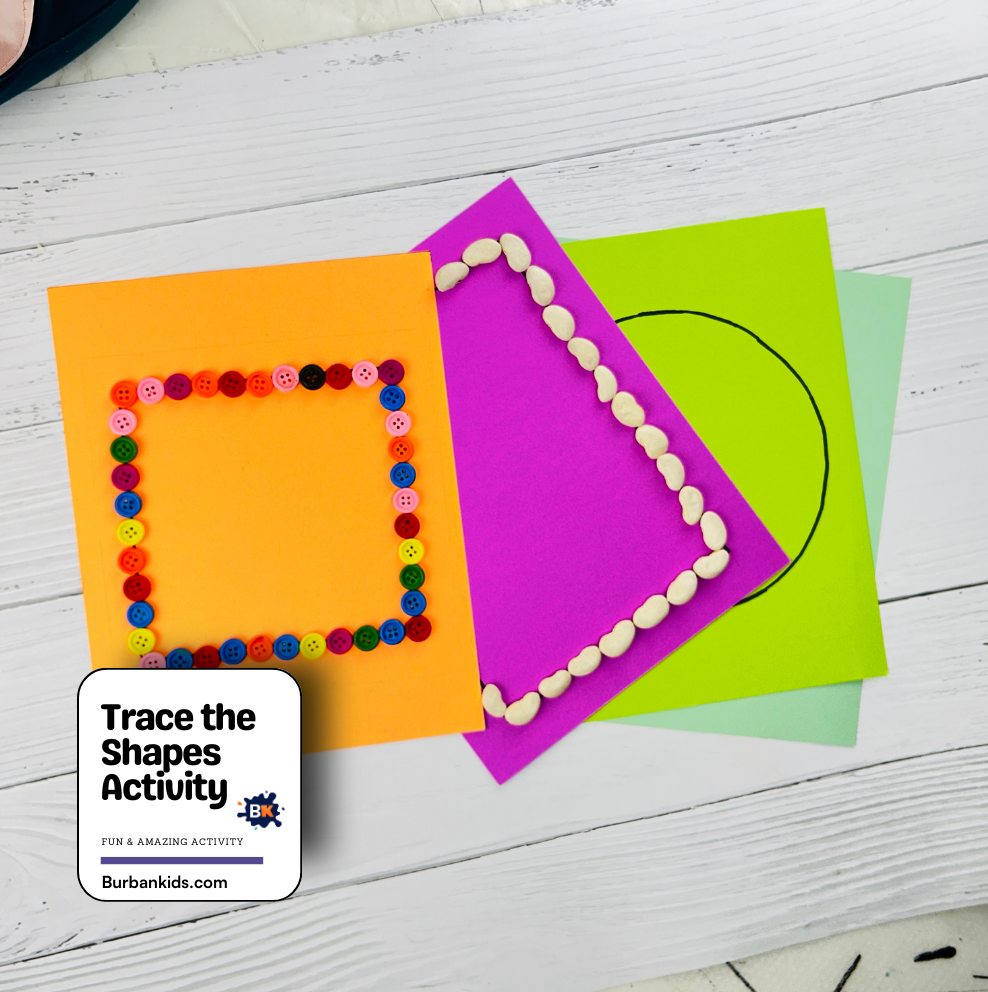
This Trace the Shapes Activity is a fantastic way to introduce basic shapes to your child.
By having them place buttons or beans along the outlines of shapes like the square, triangle, and circle, they’re not only learning to recognize and name these fundamental forms but also significantly developing their fine motor skills and hand-eye coordination.
Writing Pattern Tracing Board
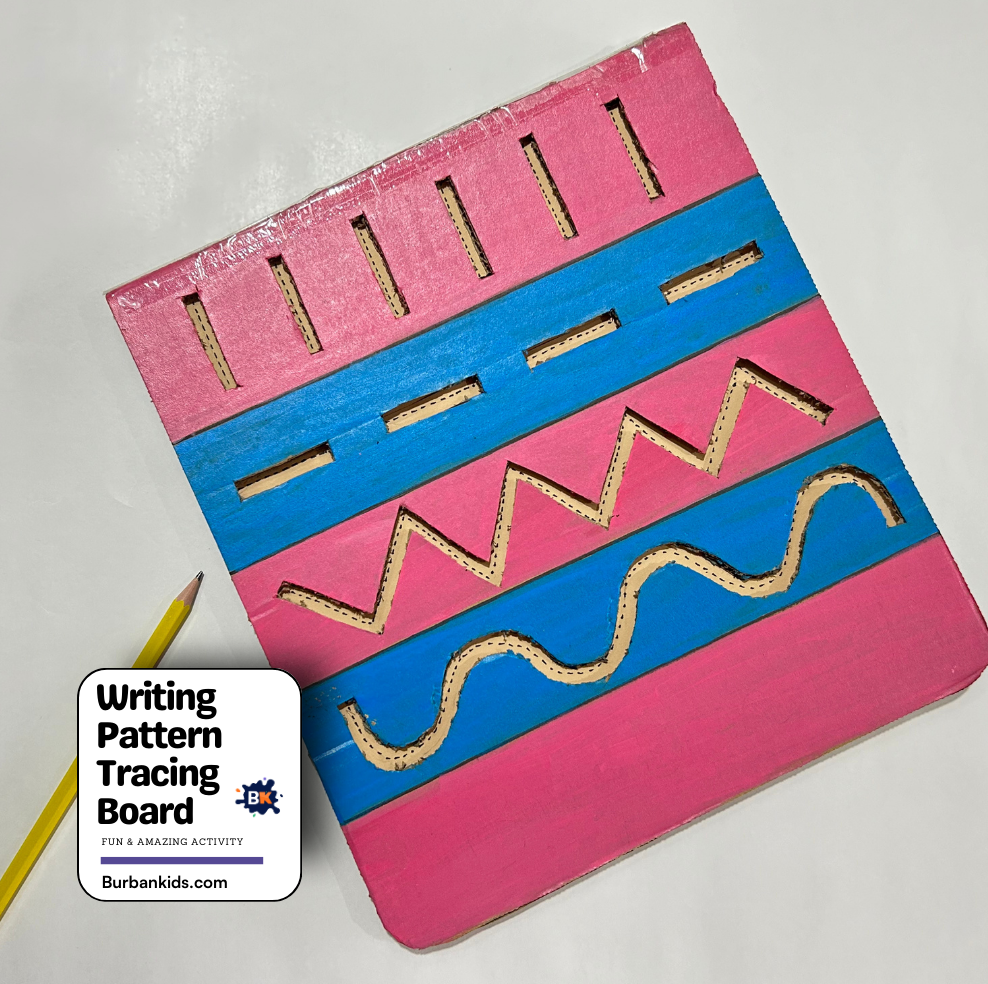
This Diy Writing Pattern Tracing Board is an absolutely brilliant tool for your child’s pre-writing journey.
This durable board with its carved grooves for straight, dashed, zigzag, and wavy lines provides fantastic tactile feedback as they trace.
It’s superb for developing fine motor control, hand-eye coordination and the muscle memory needed for forming letters and numbers down the line.
Caterpillar Pattern Tracing
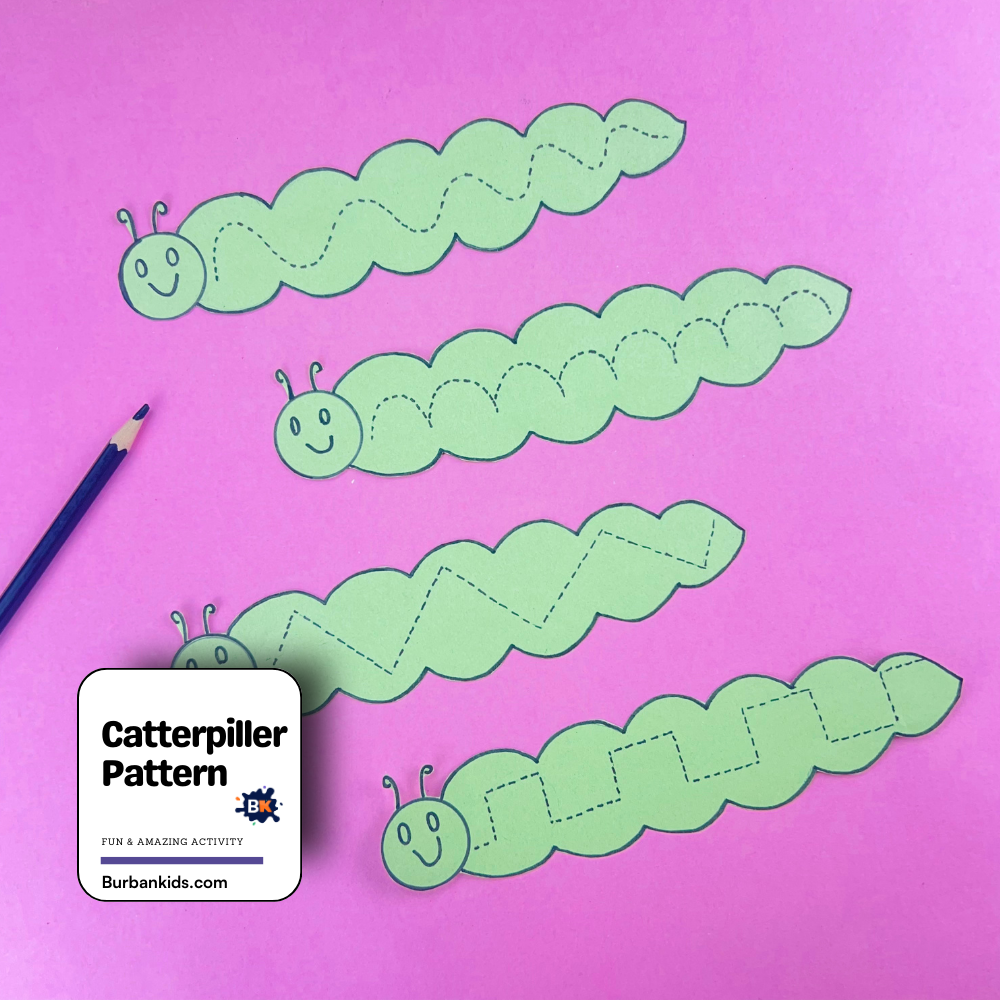
This Caterpillar Pattern activity is such a charming and effective way for your child to practice pre-writing skills.
Following those dotted lines that form the caterpillar’s body ,whether they’re curvy, zigzag, or straight is fantastic for developing fine motor control and hand-eye coordination.
It’s a visually engaging way to introduce different line patterns, which are crucial for forming letters and numbers down the road.
Conclusion
These easy and affordable activities for integrating letter learning with fun and enjoyment are quick and simple to carry out.
You’ll be surprised at how open your preschooler is to trying out exciting new concepts and activities if you’re imaginative in the way you approach themes with them.

I’m a former teacher (and mother of Two Childs) with a background in child development. Here to help you with play-based learning activities for kids. ( Check my Next startup Cledemy.Com)
